Top 10 Most Dangerous Desert Animals


Written and verified by the biologist Cesar Paul Gonzalez Gonzalez
Deserts are one of the harshest habitats in the world, as excessive heat and scarcity of water make them very difficult places to live. In addition to this, the temperature variation is exaggerated, with intense heat during the afternoon and extreme cold at night. All these characteristics cause desert animals to develop dangerous mechanisms to cope with their environment. Read on and meet the 10 most dangerous desert animals.
Even though it’s difficult to live in a desert environment, a large number of species manage to survive in it. However, having an encounter with some of them can be fatal.
The 10 most dangerous desert animals
1. Saw-scaled viper (Echis carinatus)
This is a venomous viper found in Central Asia and the Middle East and is part of the group of the “Big 4 snakes”, famous for their dangerous poison. The bite of this species is capable of killing its victim, but not all of them inject enough venom to do so.
This is one of the most lethal terrestrial ophidian species known. Even so, the use of antivenoms has greatly reduced the fatal outcomes caused by the bite of this species.
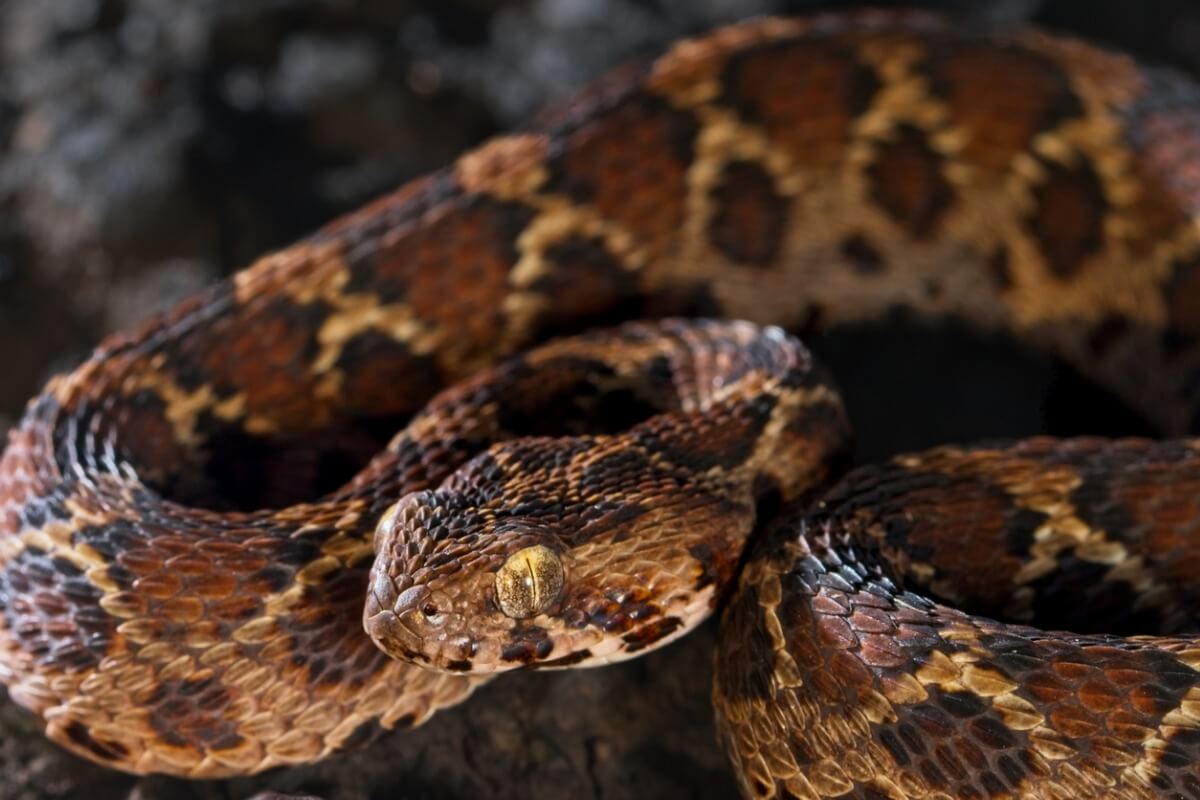
2. Gila Monster (Heloderma suspectum)
The Gila Monster is the only genus of venomous lizards that exists. Contrary to popular belief, this reptile doesn’t use venom to kill its victims, as its toxins only produce intense pain and paralysis. However, the danger of this species doesn’t lie in the fact it can cause death, but in the terrible experience it can put you through.
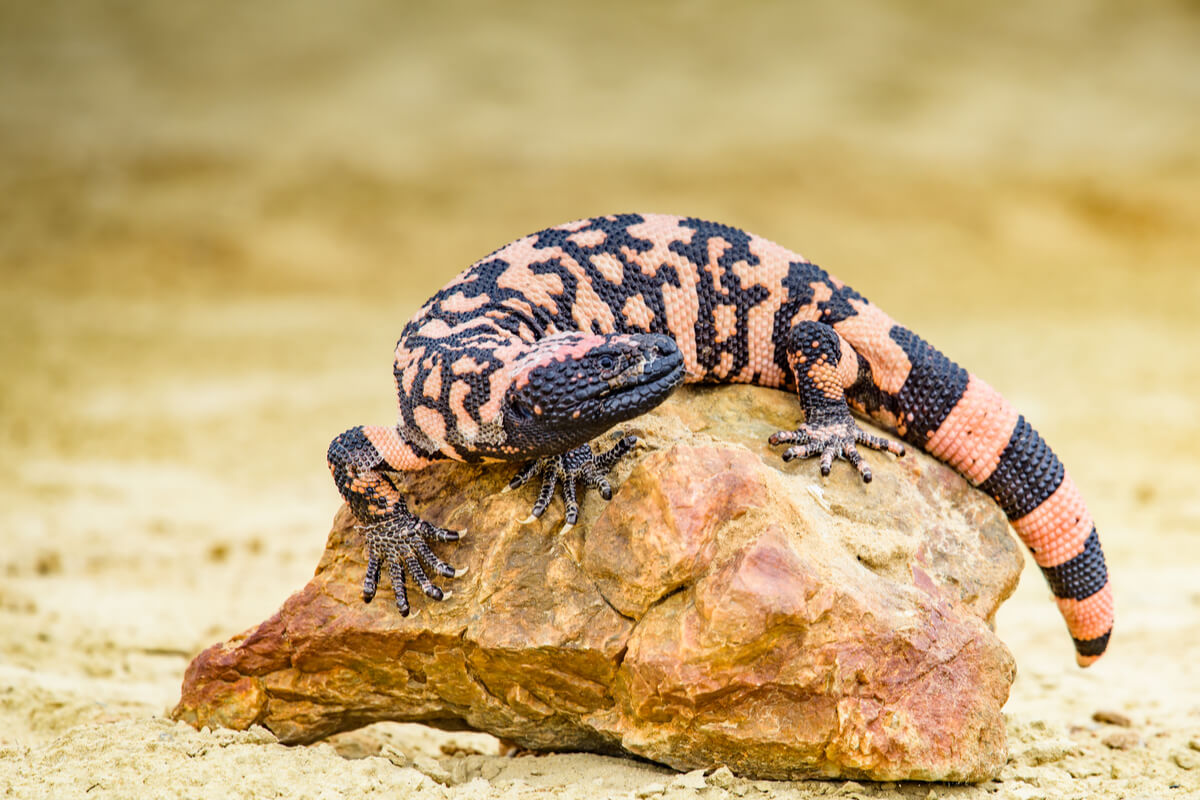
3. Scorpions
Despite their size, some invertebrates can also pose a deadly danger to humans. Most scorpions are feared by society, as their venoms have been responsible for several fatal outcomes. Due to their nature, arid and hot environments are excellent for them to thrive in, making the desert one of their most common habitats.
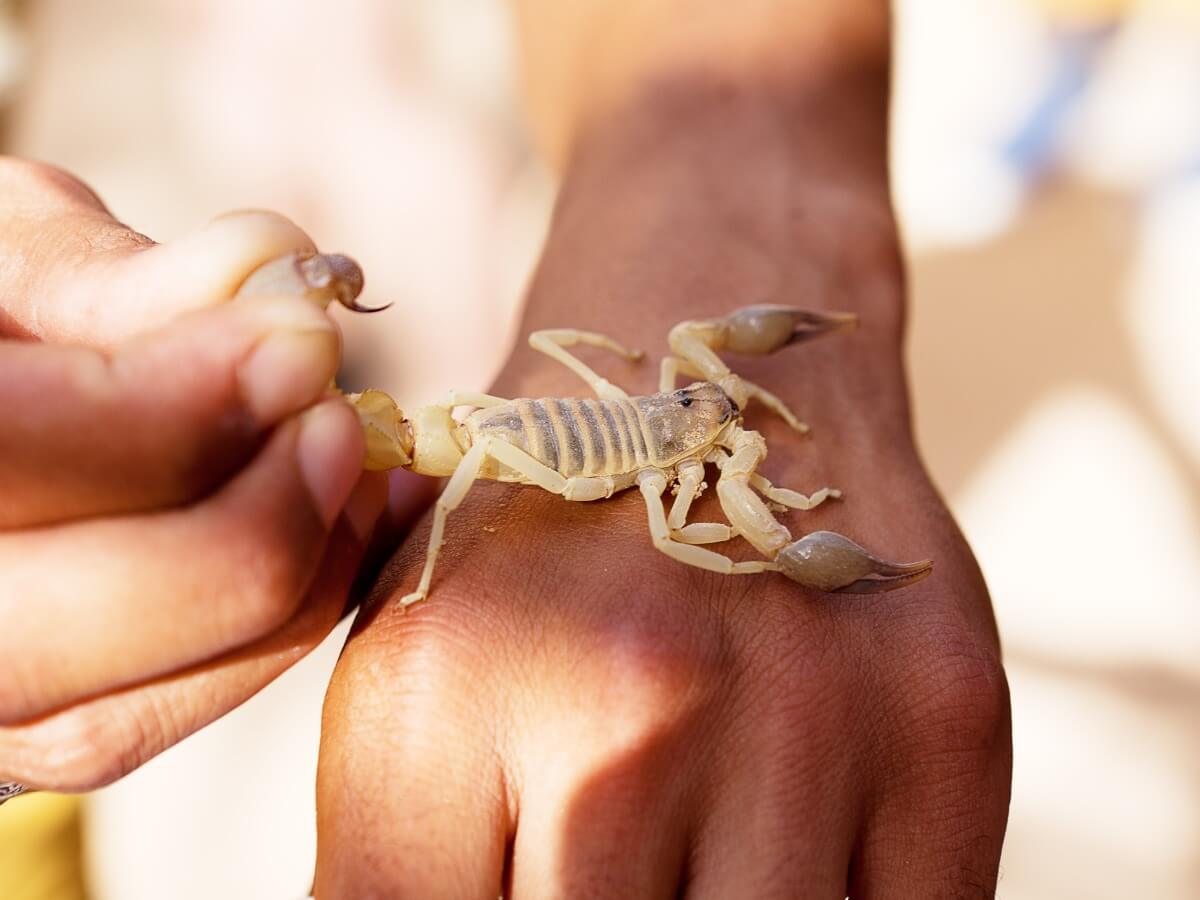
4. Desert recluse spider (Loxosceles deserta)
The desert recluse spider is one of the most dangerous arachnids found in desert environments. This is because their venom contains necrotic components that can cause serious injuries (or even death) when the injury is not treated with sufficient care.

5. Africanized honeybee (Apis mellifera scutellata)
The Africanized bee is nothing more than a variation of the common bee, so its toxin is just as dangerous as that of the latter. As you can imagine, its bite is not lethal by itself, but rather the risk lies in the large number of specimens that attack a target at the same time.
In addition to this, the poison they inject can trigger an allergic reaction capable of threatening the life of the victim. It should be noted that European bees are not as aggressive as Africanized ones.
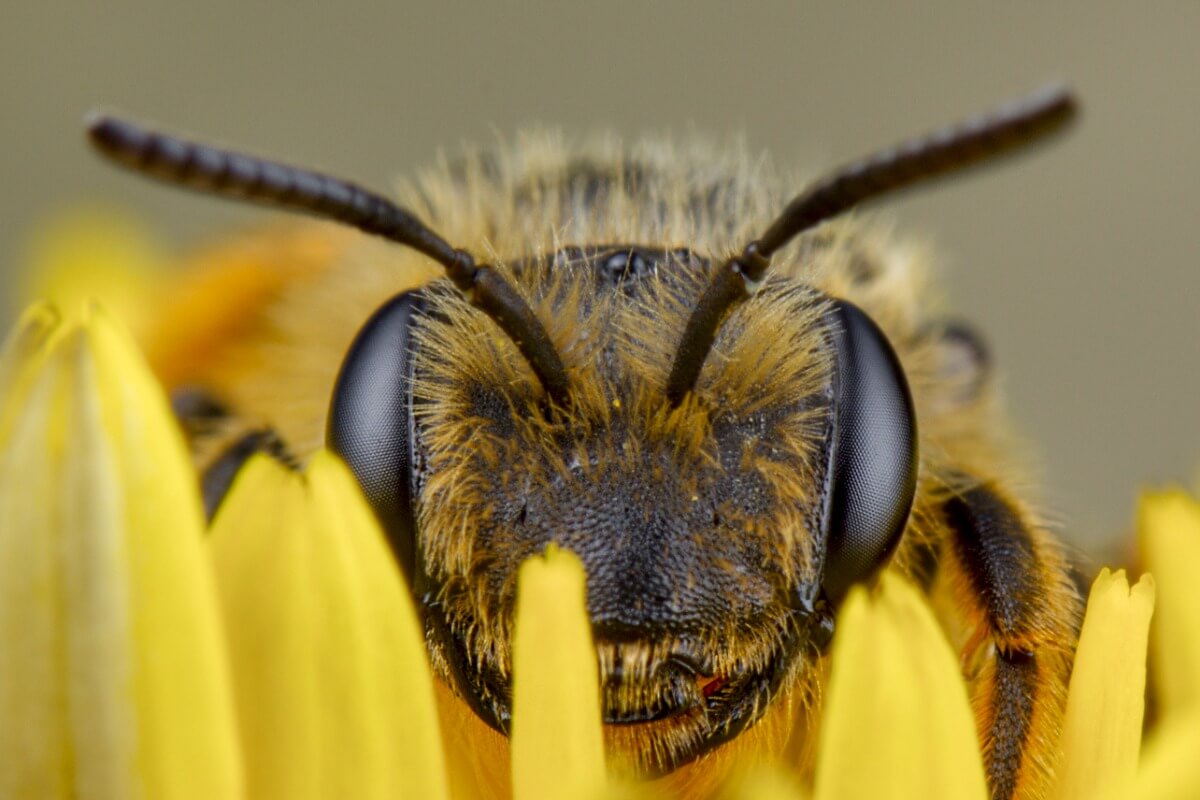
6. Puma (Puma concolor)
Pumas are dangerous animals that have adapted to diverse environments, and they can be seen in certain areas of mountainous deserts. This feline is the second largest in the Americas and is an innate hunter that won’t hesitate to attack any type of prey. Its strength, speed, claws, and fangs make it a fearsome species.
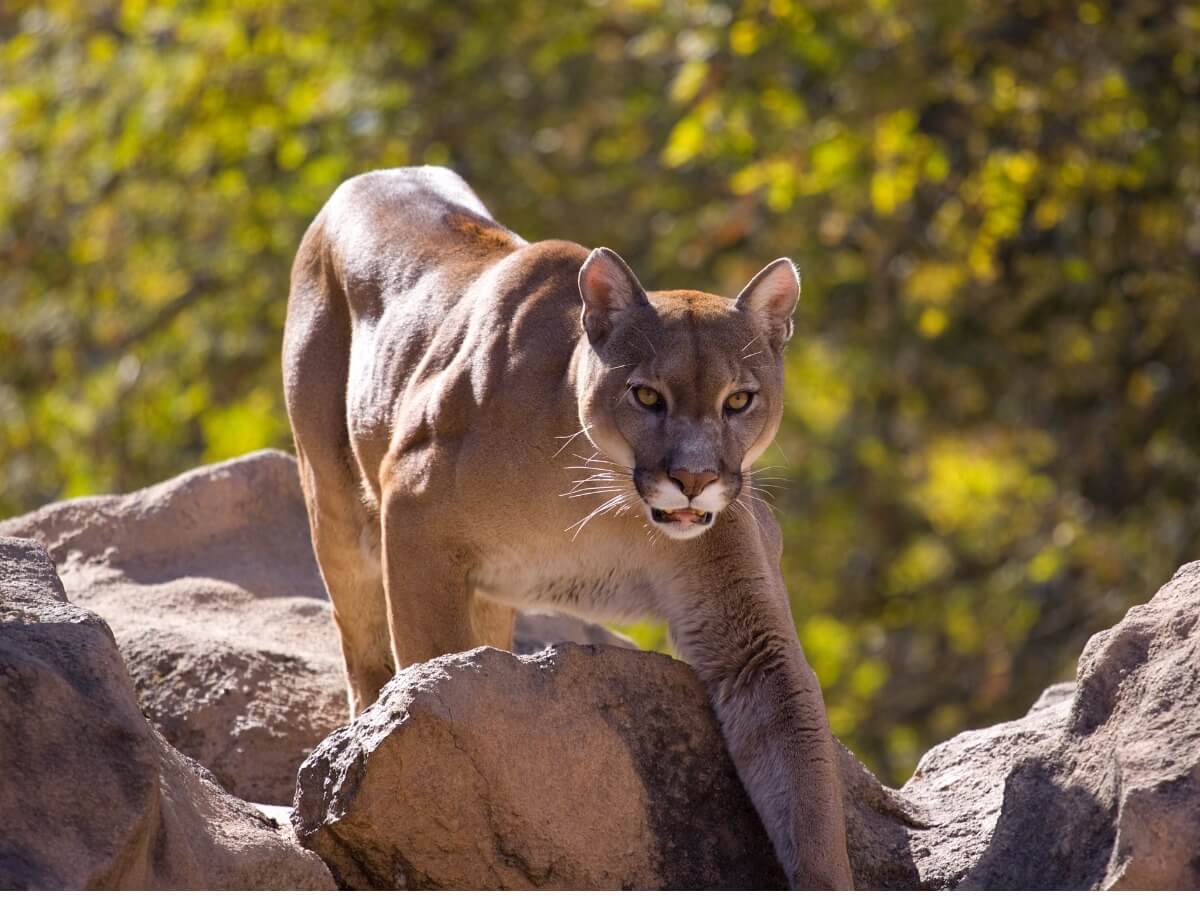
7. Fire ants (genus Solenopsis)
Fire ants include a large number of species, among which there are specimens adapted to the arid climate of the desert. As if that weren’t enough, the venom produced by these insects causes a serious irritation in the body, and its sensation is similar to that of a burn. These same toxins often cause allergic reactions that can be lethal for the victim.
Fire ants divide their colony into castes consisting of a queen, workers, and breeding males.
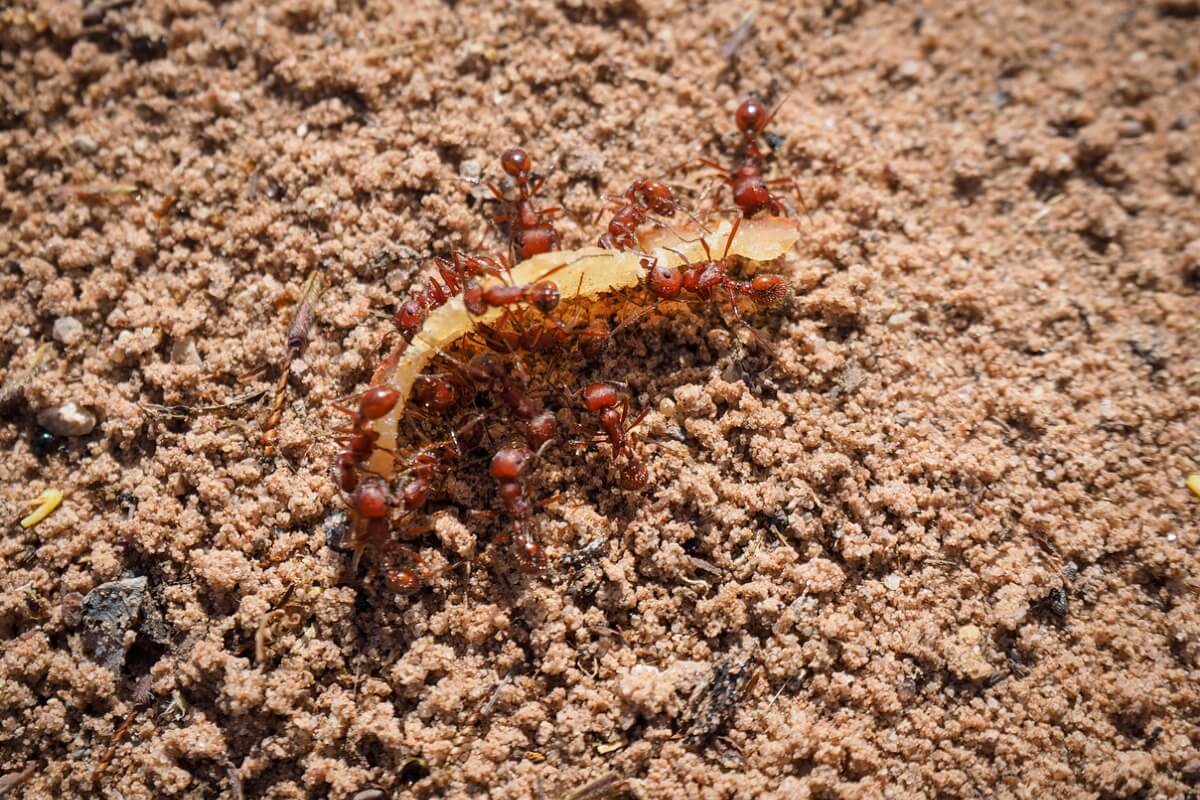
8. Ostrich (Struthio camelus)
You probably wouldn’t expect to see the ostrich on this list of the most dangerous desert animals, as they tend to be fairly docile birds. However, the characteristic long legs of this particular species give it an extra ability to escape from predators. Due to its great strength and bone density, a kick from this animal can kill even a lion.
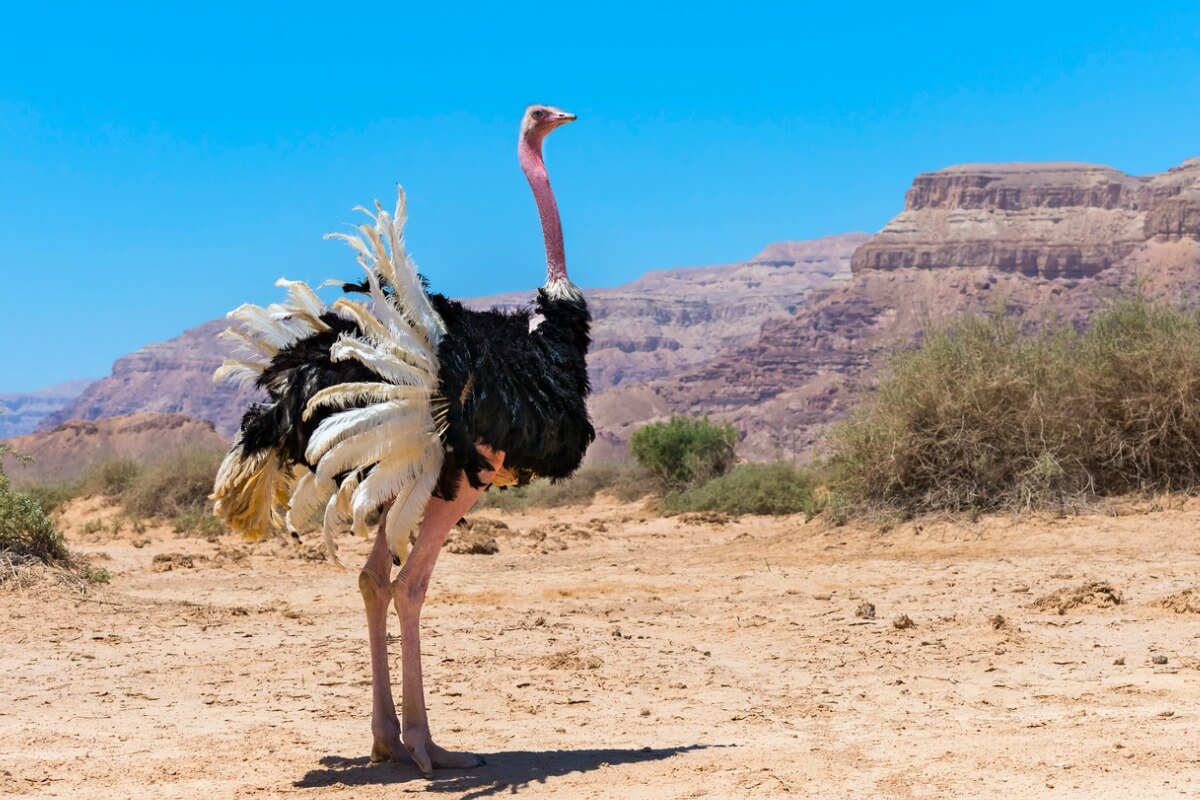
9. Dingo (Canis lupus dingo)
The dingo is a close descendant of wolves that also has some physical traits of modern dogs. These canids are innate hunters in the wild and aren’t usually aggressive towards humans. However, the scarcity of food can modify their behavior and incite them to attack any living thing in their path.
Moreover, there was a sad event (around 40 years ago) in which a possible pack of dingoes fatally attacked a baby just 2 months old. This event was so shocking that a movie was even made about the events. Despite this, there’s no certain evidence that these canids were the culprits, but there are other cases of attacks on humans too.
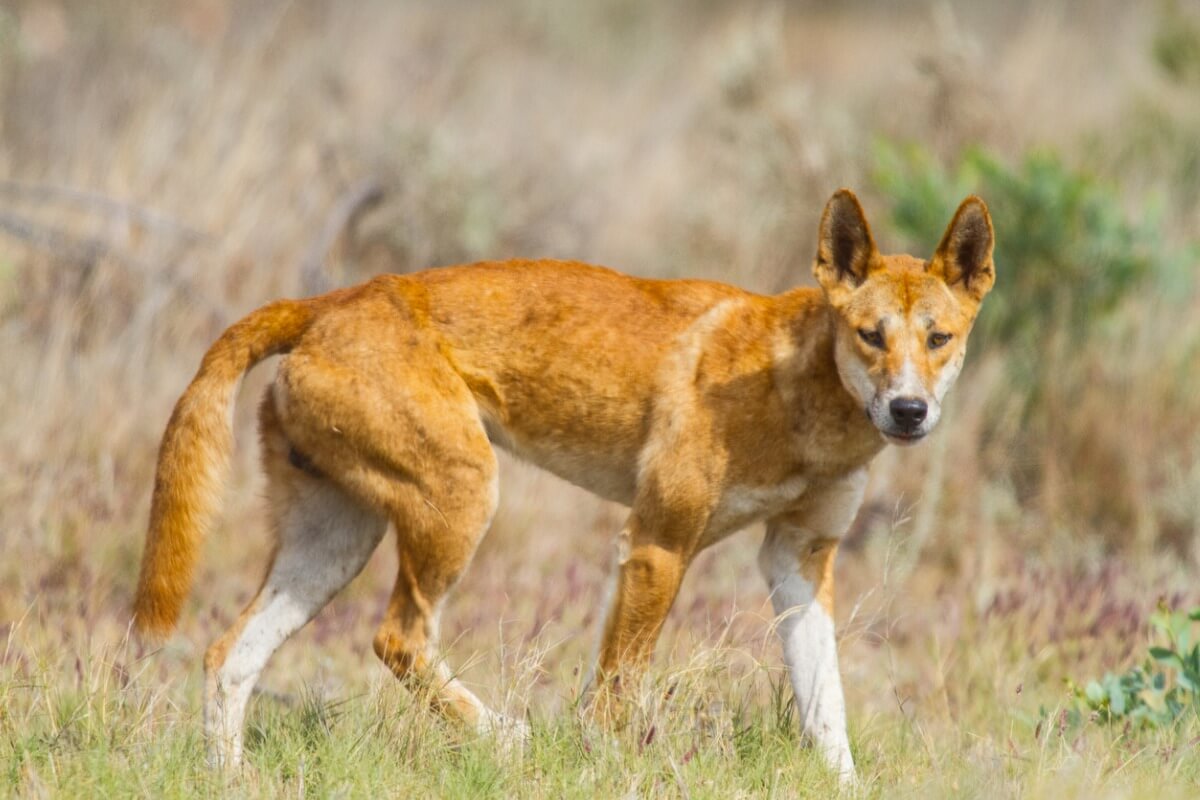
10. Red kangaroo (Macropus rufus)
Although these marsupials are well known and loved by society, their potential danger isn’t often thought of. This doesn’t mean that they’re aggressive by nature, but that their reaction to our presence can cause them unease. Remember that we’re talking about an animal with well-developed legs capable of causing serious injuries if you aren’t careful.
The kick of a red kangaroo can cause severe fractures to human bones.
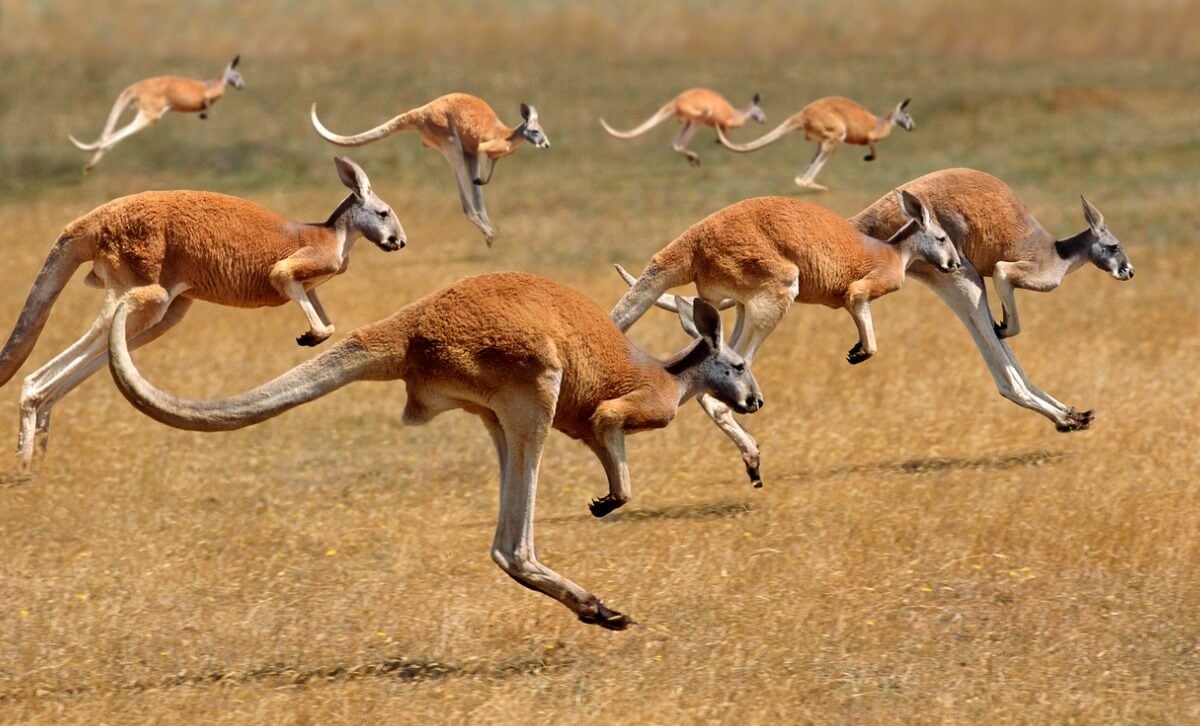
Each of the above animals is capable of causing serious injury (or even death). Despite this, most will not attack unless disturbed. Consequently, many fatal accidents are caused by mishandling animals: consider that every living being deserves your respect, don’t play with its life, let alone your own.
Deserts are one of the harshest habitats in the world, as excessive heat and scarcity of water make them very difficult places to live. In addition to this, the temperature variation is exaggerated, with intense heat during the afternoon and extreme cold at night. All these characteristics cause desert animals to develop dangerous mechanisms to cope with their environment. Read on and meet the 10 most dangerous desert animals.
Even though it’s difficult to live in a desert environment, a large number of species manage to survive in it. However, having an encounter with some of them can be fatal.
The 10 most dangerous desert animals
1. Saw-scaled viper (Echis carinatus)
This is a venomous viper found in Central Asia and the Middle East and is part of the group of the “Big 4 snakes”, famous for their dangerous poison. The bite of this species is capable of killing its victim, but not all of them inject enough venom to do so.
This is one of the most lethal terrestrial ophidian species known. Even so, the use of antivenoms has greatly reduced the fatal outcomes caused by the bite of this species.

2. Gila Monster (Heloderma suspectum)
The Gila Monster is the only genus of venomous lizards that exists. Contrary to popular belief, this reptile doesn’t use venom to kill its victims, as its toxins only produce intense pain and paralysis. However, the danger of this species doesn’t lie in the fact it can cause death, but in the terrible experience it can put you through.

3. Scorpions
Despite their size, some invertebrates can also pose a deadly danger to humans. Most scorpions are feared by society, as their venoms have been responsible for several fatal outcomes. Due to their nature, arid and hot environments are excellent for them to thrive in, making the desert one of their most common habitats.

4. Desert recluse spider (Loxosceles deserta)
The desert recluse spider is one of the most dangerous arachnids found in desert environments. This is because their venom contains necrotic components that can cause serious injuries (or even death) when the injury is not treated with sufficient care.

5. Africanized honeybee (Apis mellifera scutellata)
The Africanized bee is nothing more than a variation of the common bee, so its toxin is just as dangerous as that of the latter. As you can imagine, its bite is not lethal by itself, but rather the risk lies in the large number of specimens that attack a target at the same time.
In addition to this, the poison they inject can trigger an allergic reaction capable of threatening the life of the victim. It should be noted that European bees are not as aggressive as Africanized ones.

6. Puma (Puma concolor)
Pumas are dangerous animals that have adapted to diverse environments, and they can be seen in certain areas of mountainous deserts. This feline is the second largest in the Americas and is an innate hunter that won’t hesitate to attack any type of prey. Its strength, speed, claws, and fangs make it a fearsome species.

7. Fire ants (genus Solenopsis)
Fire ants include a large number of species, among which there are specimens adapted to the arid climate of the desert. As if that weren’t enough, the venom produced by these insects causes a serious irritation in the body, and its sensation is similar to that of a burn. These same toxins often cause allergic reactions that can be lethal for the victim.
Fire ants divide their colony into castes consisting of a queen, workers, and breeding males.

8. Ostrich (Struthio camelus)
You probably wouldn’t expect to see the ostrich on this list of the most dangerous desert animals, as they tend to be fairly docile birds. However, the characteristic long legs of this particular species give it an extra ability to escape from predators. Due to its great strength and bone density, a kick from this animal can kill even a lion.

9. Dingo (Canis lupus dingo)
The dingo is a close descendant of wolves that also has some physical traits of modern dogs. These canids are innate hunters in the wild and aren’t usually aggressive towards humans. However, the scarcity of food can modify their behavior and incite them to attack any living thing in their path.
Moreover, there was a sad event (around 40 years ago) in which a possible pack of dingoes fatally attacked a baby just 2 months old. This event was so shocking that a movie was even made about the events. Despite this, there’s no certain evidence that these canids were the culprits, but there are other cases of attacks on humans too.

10. Red kangaroo (Macropus rufus)
Although these marsupials are well known and loved by society, their potential danger isn’t often thought of. This doesn’t mean that they’re aggressive by nature, but that their reaction to our presence can cause them unease. Remember that we’re talking about an animal with well-developed legs capable of causing serious injuries if you aren’t careful.
The kick of a red kangaroo can cause severe fractures to human bones.

Each of the above animals is capable of causing serious injury (or even death). Despite this, most will not attack unless disturbed. Consequently, many fatal accidents are caused by mishandling animals: consider that every living being deserves your respect, don’t play with its life, let alone your own.
All cited sources were thoroughly reviewed by our team to ensure their quality, reliability, currency, and validity. The bibliography of this article was considered reliable and of academic or scientific accuracy.
- Swinson, C. (1976). Control of antivenom treatment in Echis carinatus (Carpet Viper) poisoning. Transactions of the Royal Society of Tropical Medicine and Hygiene, 70(1), 85-87.
- Eng, J., Kleinman, W. A., Singh, L., Singh, G., & Raufman, J. P. (1992). Isolation and characterization of exendin-4, an exendin-3 analogue, from Heloderma suspectum venom. Further evidence for an exendin receptor on dispersed acini from guinea pig pancreas. Journal of Biological Chemistry, 267(11), 7402-7405.
- Gilbert, M. M., Snively, E., & Cotton, J. (2016). The tarsometatarsus of the Ostrich Struthio camelus: anatomy, bone densities, and structural mechanics. PloS one, 11(3), e0149708.
- Winston, M. L. (1992). The biology and management of Africanized honey bees. Annual review of entomology, 37(1), 173-193.
- Knight, D., & Bangs, M. J. (2007). Case report. Cutaneous allergic vasculitis due to Solenopsis geminata (Hymenoptera: Formicidae) envenomation in Indonesia. Southeast Asian journal of tropical medicine and public health, 38(5), 808.
- Vorhies, C. T. (1917). Poisonous animals of the desert. College of Agriculture, University of Arizona (Tucson, AZ).
This text is provided for informational purposes only and does not replace consultation with a professional. If in doubt, consult your specialist.








